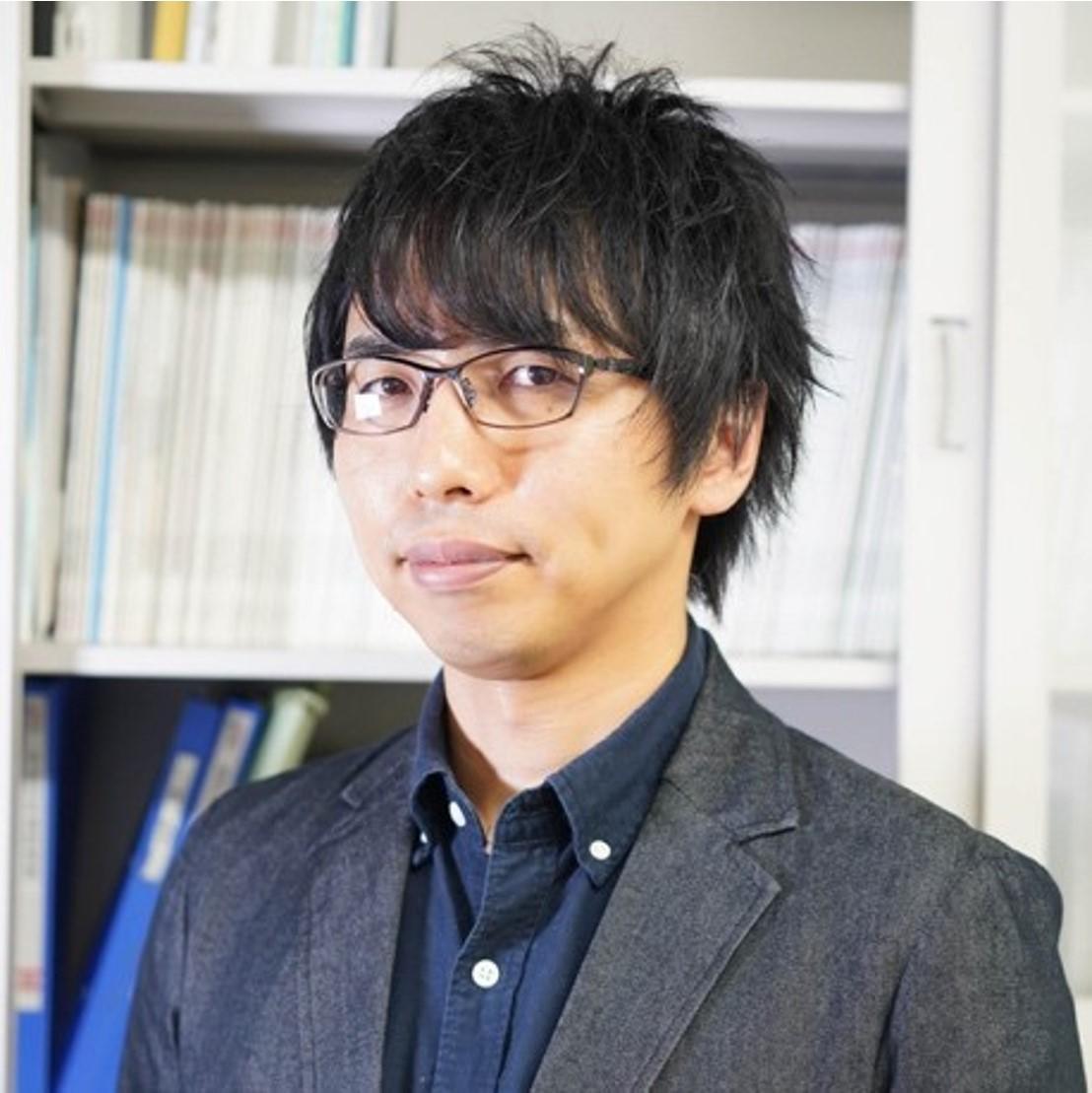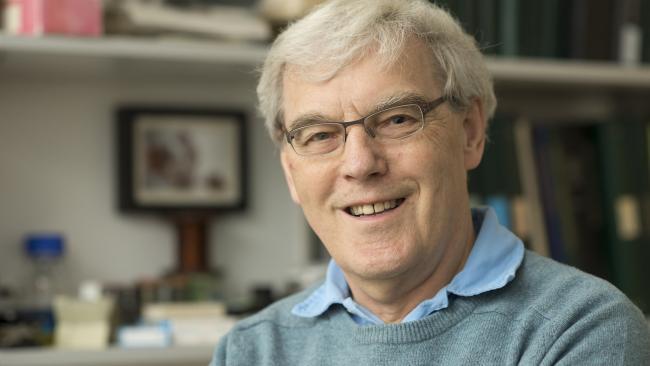Applications
 Part of the Oxford Instruments Group
Part of the Oxford Instruments Group
Expand
Collapse
Thursday 26th 2020, 11:00 AM - 12:00 PM GMT
The sun is the source of most living things on earth, and living organisms use light energy as a source of energy to drive their physiological activities and as a source of information to perceive the surrounding environment, which is useful for their own survival. The two most familiar strategies for the use of light are the vision of animals, including humans, and the photosynthesis of plants.
In photosynthesis, complexes of chlorophyll pigments and large proteins, called the photosystem exists in chloroplasts and other parts of plants, absorb the energy of sunlight and undergoes a highly efficient charge-separation reaction to produce the chemical energy necessary for the synthesis of adenosine triphosphate (ATP) and carbohydrates. On the other hand, in animal vision, the shape and color of objects seen by the eye are recognized by rhodopsin, a photoreceptor membrane protein located in the retina, which captures light entering through a lens in eye and transmits this information to the brain through the optic nerve.
In recent years, it was revealed that many microbes such as bacteria and unicellular eukaryotic microbes, has their own photoreceptive proteins called microbial rhodopsin, similar to animal rhodopsin. Both of these are membrane proteins consisting of seven ɑ-helices, with a retinal pigment, a derivative of vitamin A, bound to the protein to absorb visible light. However, unlike animal rhodopsin, microbial rhodopsin uses the light energy to transport various ions, such as protons, sodium and chloride ions, into and out of the cells, and to control gene expression with light, to regulate enzymatic activity in a light-dependent manner, etc.
In recent years, these microbial rhodopsins have been used as a major molecular tool in "optogenetics," a new methodology to manipulate the neural activity in animals by light. In this webinar, I will present the photobiology of microbial rhodopsins, the chemical and molecular mechanisms, as well as the applications in optogenetics.
Book your space now
Associate Professor, The Institute for Solid State Physics, The University of Tokyo
Biography
2002: B.S. Department of Chemistry, Kobe University
2004: M.S. Department of Chemistry, Kyoto University
2007: Ph.D. Department of Chemistry, Kyoto University
2007-2009: Project Assistant Professor, Chemical Resources Laboratory, Tokyo Institute of Technology
2009-2016: Assistant Professor, Nagoya Institute of Technology
2016-2018: Associate Professor, Nagoya Institute of Technology
2018-present: Associate Professor, The Institute for Solid State Physics. The University of Tokyo
Dr Inoue was awarded the Sir Martin Wood Prize at the Millennium Science Forum which took place in November 2019.

Research Leader, MRC Laboratory of Molecular Biology
Biography
Dr Henderson is a Scottish molecular biologist and biophysicist and pioneer in the field of electron microscopy of biological molecules. Richard was the first to solve the structure of a protein found in the membrane of a cell..
He studied Physics at the University of Edinburgh graduating with a BSc degree in Physics, 1st Class honours in 1966. He then commenced postgraduate study at Corpus Christi College, Cambridge, and obtained his PhD degree from the University of Cambridge in 1969.
Dr Henderson shared the Nobel Prize in Chemistry in 2017 with Jacques Dubochet and Joachim Frank.